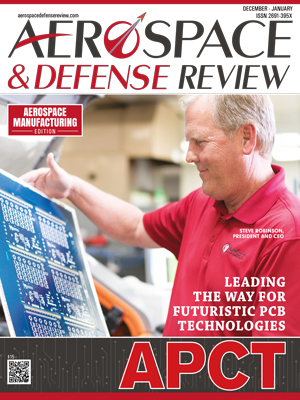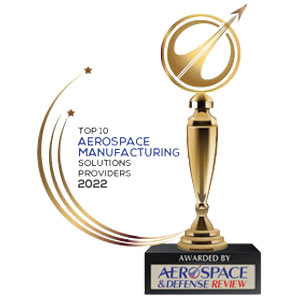Advanced design technologies, digital assistants, augmented reality (AR) and virtual reality (VR), new manufacturing materials, collaborative robots, and advanced computing capabilities are helping the aerospace industry to embrace a brighter future.
While advanced design techniques are improving the design process by leveraging data and simulation, generative design software lets engineers or designers set goals and parameters, including budgets, materials, and manufacturing methods.
Another significant trend is smarter digital assistants. Although the technology is still in its infancy, it is expected to provide advice and insights for manufacturing personnel and detect potential problems faster.
With numerous other significant innovations taking place in the aerospace industry, the market is expected to grow at a CAGR of 4.0 percent, reaching $1,233.2 billion by 2030.
To put the spotlight on other key developments in the industry, the Aerospace and Defense Review illustrates how the aerospace manufacturing industry is leveraging the newest tech trends and applications. This edition also features thought leadership articles from subject matter experts. Some of the exclusive insights are authored by Mark Follows, Operations Director, Marshall Aerospace and Defense Group; Nicolas Van Hille, Research and Technology Manager, Sonaca; and Dr. Marc W. Honikel, Vice President, Engineering, Rheinmetall Air Defense AG.
In this edition of Aerospace and Defense Review, we also bring you the stories of top aerospace manufacturing solution providers. APCT stands out as a leading manufacturer of high reliability printed circuit boards, with technology solutions ranging from standard rigid through-hole to the more advanced HDI via-in-pad product.
Through the following pages, we aim to shine a light on the innovative trends and latest developments in the aerospace manufacturing space. We would like to know your thoughts.

















